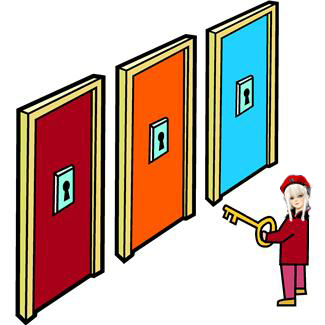Weight Loss For Teen Girls: 5 Quick Appetite Tips
WEIGHT LOSS FOR TEEN GIRLS: 5 QUICK APPETITE TIPS (Issue 44)
By Diane Gold
 So you ‘re in school, you’ve had a pretty calm day, nobody teased you yet and you’re getting kind of hungry. You know you can step out and go to the bathroom and pass the snack machine, unless you’re in one of those states that has reduced snack machines in favor of salad bars. (I’m not knocking this; I’m for it since studies are showing that curbing the sugar foods in vending machines is helping a lot of girls with weight. It’s also teaching a better way of snacking.)
So you ‘re in school, you’ve had a pretty calm day, nobody teased you yet and you’re getting kind of hungry. You know you can step out and go to the bathroom and pass the snack machine, unless you’re in one of those states that has reduced snack machines in favor of salad bars. (I’m not knocking this; I’m for it since studies are showing that curbing the sugar foods in vending machines is helping a lot of girls with weight. It’s also teaching a better way of snacking.)
So, you know there’s some greasy food or sugary food in the vending machine that will hold you over, and you’re really hungry. You just can’t wait snack until you go home, so what can you do?
1)
Do you remember how great it was to drink out of the hose when you were little? I’m not suggesting this now, but water is the answer. A glass of water is known to reduce your appetite, and it fills you up at the same time.
When you’re hungry, it’s no fun to drink water because then you won’t really want to think about the greasy, sugary, oily foods. Why? Because you will be full, your hunger hormones will have stopped raging and you will be balanced.
But the habit of answering the call of that midday hunger is pretty deep in you.
What’s great about water is that there are drinking fountains in most schools. So, even if they are not filtered, which many of them are, if the water in your area is clean enough to drink right out of the faucet, it’s very much available.
 ACTION STEP
ACTION STEP
Put an empty bottle in your bag so you can keep filling it up and have all day at your seat. And to save on manufacturing costs, why not keep the bottle and use it over and over. Or get a fancy shmancy bottle that does the same job. Either way, having water at your disposable is a lifesaver.
2)
The next tip is kind of sneaky. It requires having a full bottle of water in each class. I know it’s a pain to drink because then you might have to go to the bathroom. I never liked to drink water at night so that I didn’t have to get up in the middle. But that was flawed thinking. The body needs it.
 ACTION STEP
ACTION STEP
Drink, at least, 8 ounces of water – that might be half your bottle – 30 minutes before it’s time to eat or snack. That way, the water will make it easier for you to stretch out the time, and it will help to balance out your raging appetite. If 8 ounces doesn’t do it, try 16 ounces. 16 ounces can’t really hurt your body. It can make you full and make it easy to control your appetite. It’s also nothing anyone can tease you over. It’s always good to hydrate the body, so that’s what you are doing. Plus you will be more alert in class, even if you’re just sitting there texting in class or writing notes.
3)
Tip 3 has to do with, yes, you guessed it, water.
 ACTION STEP
ACTION STEP
When you are totally hungry, go wash your face, not drinking it, using it. Of course, not every teacher will allow you to leave the room when you want. But, if you can’t go to the bathroom to wash your face, you also can’t go to the vending machine.
Make sure to wash your face immediately after class, if you get the chance. It will slow your desire to race to the vending machine or corner store. While you are washing your face to slow down the hunger chemicals, drink a glass of water. It absolutely changes how you feel. Do it.
4)
The 4th tip has to do with what you bring from home. If you’re having trouble with weight, it’s a good idea to pre-pay for your lunch so that you can’t get too much or the wrong food.
This would mean that you would make your lunch at home, if you’re not on a meal plan.
This reminds me of my coconut milk ice cream activity. If I buy a pint, I will finish it by the end of the day. I won’t carefully designate separate dessert portions. So I rarely allow myself to bring it into the house. Because, not only will I eat the whole container’s worth, but I will get another container for the next 3 days in a row, until I will myself to stop through my super, duper Secret Consulting Method.
 ACTION STEP
ACTION STEP
Leave your money home. Pre-pay for lunch or ask the dietician (through the school nurse) to plan your meals for you and only give you no choice, no matter what you ask for. You should have this discussion in private so that it is not a source of embarrassment.
Who knows? You might start a trend where everyone starts to ask for healthy food.
5)
The last tip is to be consistent. It’s easy to take a tip and do it once. The way it makes an impact and sustains itself is if it continues to happen. It requires strong mindset which, by the way, you have because struggles make us strong willed. Anyone who can overeat with vigor, has learned a strong habit and way to act. The eating food habit can be changed to a different behavior with the strength the habit has created.
ACTION STEP
Follow through on tips 1 through 4 and write down how often the first week. Then, it should be a more natural process.
CONCLUSION
Good luck on this journey. Please don’t give up if you continue to eat in ways that make you gain weight. Be patient, self-loving and consistent. Enjoy the small changes that will certainly come about. When you implement these tips, you will see how easy and effective they are.
FEEDBACK
Please leave a comment and LIKE us.
DIANE GOLD, AUTHOR
Diane Gold, Founder of Warriors of Weight, Moms For Healthy Daughters, is a mentor in tai chi, kung fu and meditation, a music, fitness and stress expert and a dedicated mom.
She is very interested in helping teens. They are so vibrant and are at a crucial age with so many new possibilities sprouting in front of them. Diane says,
“It’s the small, seemingly unimportant little changes that matter. These miniscule actions make us strong and confident. They also begin to replace our other behaviors. Even if you pick 1 tip and use it, it will serve you well. Because it will be a painless process of forming a new habit, that will lead you to wherever you would like.”
For help, check out Simple Secret Method Consulting.


 Trish
Trish Trish
Trish Diane Narrative
Diane Narrative Trish
Trish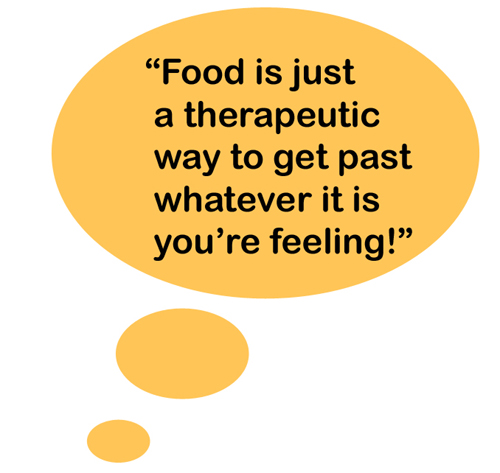 Trish
Trish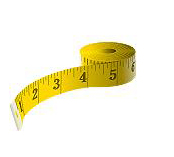 Trish
Trish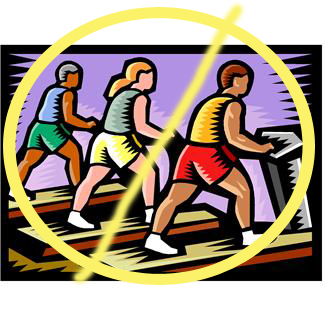 The obvious secret weapon that meditation offers is that it doesn’t require working out or body motion, often dreaded when we want or need to lose weight because we feel too uncomfortable to move or we’re dismal. There’s no big effort to get it started. The only thing moving is internal, it only takes a minute and it makes you feel good.
The obvious secret weapon that meditation offers is that it doesn’t require working out or body motion, often dreaded when we want or need to lose weight because we feel too uncomfortable to move or we’re dismal. There’s no big effort to get it started. The only thing moving is internal, it only takes a minute and it makes you feel good.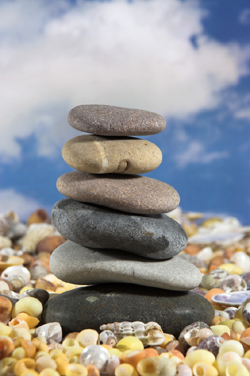 Imagine if every time we felt stress of some sort, we could do half a minute of meditation, and the stress would go away. Our emotional eating would reduce once we learned that a tiny taste of the meditative mind could give us a different perspective which could help reduce food cravings.
Imagine if every time we felt stress of some sort, we could do half a minute of meditation, and the stress would go away. Our emotional eating would reduce once we learned that a tiny taste of the meditative mind could give us a different perspective which could help reduce food cravings.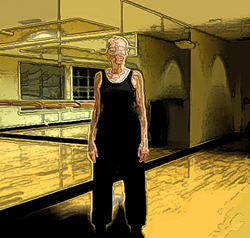 1) Stand with feet shoulder width apart.
1) Stand with feet shoulder width apart.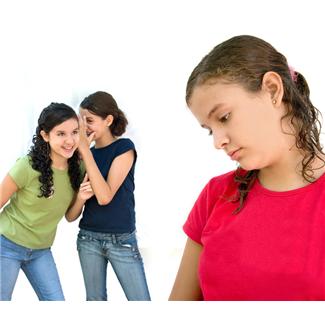

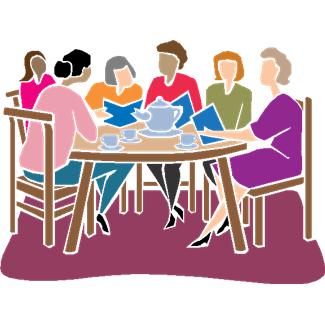 MOMS = EXPERTS
MOMS = EXPERTS COACHES AS PROFESSORS
COACHES AS PROFESSORS Having our moms invade our territory is akin to how our daughters feel about us, at times or all the time. I remember the territoriality reversed, one day, when I tried to give my mom driving directions from her suburban home to a New York City location near my New York City apartment. (Of course, she had been nearby hundreds of times, but I knew exactly where she was going and knew current construction and thought I would offer help.) The instructions were refused, politely, because my mom was protecting the domain of expertise her husband had. She felt challenged on his behalf such that her acceptance of my help might minimize his expertise and, in turning down the directions, said something that paraphrased like, “Oh, let’s leave it to your stepfather; he’s an expert at that.” I understand completely because he was one of her heroes and they held each other on mutual pedestals.
Having our moms invade our territory is akin to how our daughters feel about us, at times or all the time. I remember the territoriality reversed, one day, when I tried to give my mom driving directions from her suburban home to a New York City location near my New York City apartment. (Of course, she had been nearby hundreds of times, but I knew exactly where she was going and knew current construction and thought I would offer help.) The instructions were refused, politely, because my mom was protecting the domain of expertise her husband had. She felt challenged on his behalf such that her acceptance of my help might minimize his expertise and, in turning down the directions, said something that paraphrased like, “Oh, let’s leave it to your stepfather; he’s an expert at that.” I understand completely because he was one of her heroes and they held each other on mutual pedestals.
 1) Watch Our Language: Yes, this one is painfully obvious, but not always as easy as we think. Be careful about the nicknames. It may seem silly, but I can tell you it is brought up over and over again in therapy sessions. Save yourself the money and choose a name that is healthy and appropriate!Try to curb your appearance-related comments. I know this is not going to eliminate every comment regarding appearance and there may even be times when a, “Wow! You look amazing!” is totally appropriate (shall we say prom night?), but on the whole, ensure that your focus is on your child’s character and accomplishments. Try this on for size, “You must feel great about [accomplishment, ex.: getting that award]. That shows real [character trait, ex.: courage].” After all, isn’t that what we really care about?
1) Watch Our Language: Yes, this one is painfully obvious, but not always as easy as we think. Be careful about the nicknames. It may seem silly, but I can tell you it is brought up over and over again in therapy sessions. Save yourself the money and choose a name that is healthy and appropriate!Try to curb your appearance-related comments. I know this is not going to eliminate every comment regarding appearance and there may even be times when a, “Wow! You look amazing!” is totally appropriate (shall we say prom night?), but on the whole, ensure that your focus is on your child’s character and accomplishments. Try this on for size, “You must feel great about [accomplishment, ex.: getting that award]. That shows real [character trait, ex.: courage].” After all, isn’t that what we really care about?
 The good news about this story is two-fold: we can figure out what we want, how valuable it is to us and what we are willing to give up to achieve it and the wish collector who leads us to contemplate our objective is within us. It is we who get to decide on our most precious goal, although we might want to keep it small enough so that we can succeed at it small increments at a time.
The good news about this story is two-fold: we can figure out what we want, how valuable it is to us and what we are willing to give up to achieve it and the wish collector who leads us to contemplate our objective is within us. It is we who get to decide on our most precious goal, although we might want to keep it small enough so that we can succeed at it small increments at a time. order to reach our ONE WISH, which is the path we choose for right now, we must consider what is most important to us. There is no rush, so we need proceed at our own pace. As long as we don’t procrastinate or consistently stray away from a decision through distraction. Writing down ideas helps a lot. Every time we cross one off or delete an idea, we are one step closer to having that one wish present in our mind. Once we have “it,” we can take a tiny sliver of an action that will take us a centimeter closer to achieving “it.” Big steps are OK, but we must be polished swimmers to jump into deep ocean. Most of us can do massively well by first stepping off the sandbar and proceeding slowly. Please be patient as I outline steps for finding the right wish for you now. They may seem easy and obvious, but going through the exercise of writing them down and proceeding one at a time builds momentum and keeps us directed.
order to reach our ONE WISH, which is the path we choose for right now, we must consider what is most important to us. There is no rush, so we need proceed at our own pace. As long as we don’t procrastinate or consistently stray away from a decision through distraction. Writing down ideas helps a lot. Every time we cross one off or delete an idea, we are one step closer to having that one wish present in our mind. Once we have “it,” we can take a tiny sliver of an action that will take us a centimeter closer to achieving “it.” Big steps are OK, but we must be polished swimmers to jump into deep ocean. Most of us can do massively well by first stepping off the sandbar and proceeding slowly. Please be patient as I outline steps for finding the right wish for you now. They may seem easy and obvious, but going through the exercise of writing them down and proceeding one at a time builds momentum and keeps us directed.